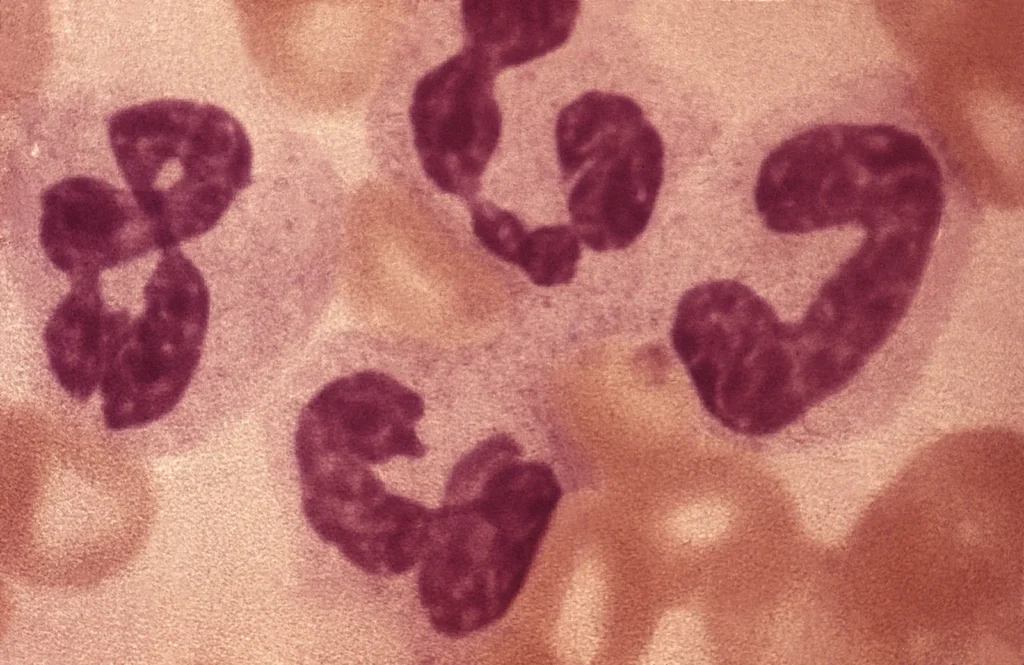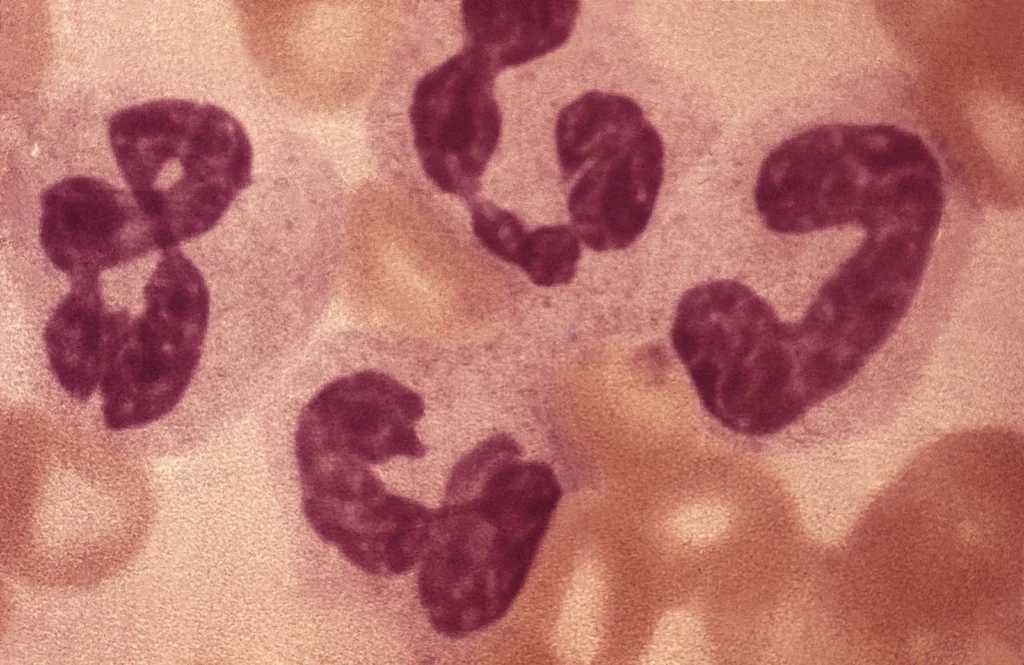LCIS stands for lobular carcinoma in situ, also known as lobular neoplasia in situ, which is a very rare benign condition whereby cells grow excessively within the cellphone of the lobules in the breast.
Thus, LCIS does not pose an immediate danger, but LCIS patients have a high risk of developing breast cancer later in their lives.
LCIS mainly occurs in premenopausal women in the early forties. There are several forms of treatment, but all of them are focused on the prevention of breast cancer.
In this paper, I will talk about the origins of LCIS, its detection, and describe what diagnosis entails and the methods of treatment.
Symptoms of Lobular Carcinoma in Situ
LCIS rarely if ever manifests itself by producing overt symptoms of the condition, for example, a breast lump, pain, or discomfort, even visible signs in the breast. It is most often found as an incidental abnormality in a diagnostic test such as mammography or breast biopsy not directly related to the LCIS.1
It may also involve more than one lobule of the breast, and about one-third of the cases will involve both breasts.2
Etiology of LCIS

There is also suspicion that people with a family history of breast cancer may have a genetic basis behind normal cell hyperplasia in LCIS lobules.3 Apart from such a genetic predisposition, there are no recognized risk factors or causes for the development of LCIS. These abnormal growths of cells in the breast are believed to be due to genetic mutations such that the normal breast cell develops properties of abnormal cells but without invading nearby tissue or metastasizing.
The occurrence of LCIS primarily during premenopausal years indicates its dependency on estrogen. It has been demonstrated in research that most of these tumors are ER+, thereby establishing that the role of premenopausal oestrogen levels in the growth of LCIS.
Diagnosis of LCIS
LCIS may be present on mammograms, but it cannot be diagnosed using routine mammography screening. Suspicious lesions found on a mammogram might indicate that further tests are needed, such as breast magnetic resonance imaging, MRI, or ultrasounds5
Mostly it is diagnosed via biopsy, the LCIS cells which usually look like a normal breast lobule cell under microscope examination but exhibit classic patterns of overgrowth.
Differential Diagnoses
Other breast lobule disorders, called atypical lobular hyperplasia and invasive lobular breast cancer, are distinctly different and more serious medical conditions than LCIS, despite having often similar accredited named condition. These conditions differ because they include abnormal appearing cells on biopsy, yet they do not respond to more benign treatment like that utilized in the treatment of LCIS.
Invasive lobular breast cancer is viewed as a more threatening condition resulting in poorer prognoses treated more invasively and more aggressively by healthcare providers than other lobualr breast disorders.
B. Risk of Breast Cancer after an LCIS Diagnosis
This puts women with LCIS at a roughly seven- to twelve-fold relative risk for breast cancer compared with women who do not have LCIS. It is very interesting to note, however, that the majority of breast cancers come from the milk ducts and not the lobules, and this does not change even in patients with a history of LCIS.
LCIS simply acts as an indicator of a greater likelihood of developing breast cancer, and it does not directly lead to malignant cells or cause alterations in cell behavior that would predict malignancy.
Treatment Options for Lobular Carcinoma in Situ
As it is a benign disease and does not transform into cancer, active treatment might not be immediately proper of all cases of LCIS diagnosis. However, the regular follow-up and monitoring are very important in managing LCIS given the future risk for invasive cancer.1
Follow-up Care
Also, patients are usually scoured to have periodic breast self- examinations, comply with every scheduled medical appointment for clinical breast assessment, and have mammograms between six to twelve months. There might be another screening test suggested as genetic testing for susceptibility to breast cancer. That shall be put under the risk of the patient.
Medications
For women who have either a family history of breast cancer or have one or the other breast cancer gene, doctors can recommend hormone therapy for reducing the risk of development of cancer in later years. The medications can include anastrozole, brand name Arimidex ; exemestane, brand name Aromasin ; raloxifene, brand name Evista ; or tamoxifen, brand name Nolvadex. Tamoxifen is only recommended for women before the stage of menopause.
Surgical Options
Some women, especially those at high risk for familial inheritance of breast cancer, may wish to undergo bilateral simple mastectomy for prophylactic purposes. It is a surgical approach involving the removal of both breasts to reduce the potential occurrence of cancer in either one of the breasts.
Simple mastectomy does not normally involve excision of the axillary lymph nodes unless invasive, metastatic breast cancer has spread to the nodes. Lymph nodes may be removed at the time of mastectomy also to be used as a breast cancer staging determinant during post-operative imaging studies. Women who have opted to undergo mastectomy may also select breast reconstruction after mastectomy. This, however, is a decision that is intensely personal
LCIS is a relatively rare condition, and in so far as a slight increase in the general risk of developing breast cancer might apply to women with LCIS, the majority of women with LCIS do not develop breast cancer. However, when it does occur subsequently, early detection through a screening program permits successful treatment in many instances, and the prognosis for long-term survival is excellent.
Abstract

LCIS refers to a benign proliferation of the cells only within the breast lobules. It is asymptomatic, but still is a strong marker for elevated risk of developing breast cancer. Close surveillance and chemoprevention measures are individualized for each specific health profile, and thus the importance of medical follow-up and proactive health management.
This, therefore, ensures that the patients diagnosed with LCIS get the right treatment and are counseled on the risk reduction modalities so that they can lead a risk-minimizing life to ensure they never develop breast cancer in their lifetime.
Symptoms and Detection
A weird peculiar thing about LCIS is it advances without any prominent symptoms, and in most of the cases, does not reveal itself through tangible findings or other signs like breast lumps, pain, or alterations in the texture or appearance of breasts. Therefore, in most of the cases, an LCIS is an incidental finding during routine breast screening or diagnostic tests that are performed for some other reason, for example, mammography.
Very subtle signs of LCIS are sometimes visible on a mammogram, although this condition can be quite difficult to diagnose by imaging alone. If there is anything at all suspicious on the mammogram, your doctor may recommend further testing via breast MRI or ultrasound to take a closer look .
Also Read : Four Key Factors Why Weight Loss Medications May Be Ineffective for You
The Causes
Although the exact cause of LCIS remains not exactly known, research has connected the dots to suggest that there is a combination of something genetic and hormonal. Women with a family history of breast cancer have an increased risk of developing LCIS, particularly if they carry mutations in the gene coding for BRCA1 and BRCA2. Hormonal factors seem to play a role in most cases since most of the LBCs reported are ER+.
Estrogen plays a vital role in the growth and development of breast tissue. Estimating all fluctuations of estrogen levels in a woman’s life, and further weighing estrogen concentrations which are especially high before menopause, can explain why there is cell growth manifesting within lobules of the breast.
LCIS is diagnosed by breast tissue biopsy, usually after results from imaging tests turn out suspicious. Microscopically, the cells of LCIS have similar appearances as normal cells in the breast lobules, but show overgrowth and excessive proliferation. Diagnosis of LCIS is just as crucial, since other diagnoses require modalities of treatment that are appropriately different, such as ALH, or, diagnoses like invasive lobular carcinoma would show invasive and aggressive characteristics.
Breast Cancer Risk
However, the most important factor when dealing with LCIS is its association with increased risk of invasive breast cancer. Studies revealed that women with a diagnosis of LCIS show a seven- to twelvefold increased breast cancer risk compared to women without LCIS. Notwithstanding this increased risk, it should be noted that most breast malignancies occur within the ducts rather than within the lobules, a trend that remains the same even in a patient with LCIS.
Treatment and Medical Management
Risk reduction strategies are often dominant in the attitude toward treatment options, since LCIS itself is not cancer and does not evolve into an invasive cancer, rather than a need for immediate therapeutic interventions. There is little associated risk, but to manage LCIS, close surveillance and follow-up to detect a possible progression to invasive carcinoma are usually sufficient.
Follow-Up Care: Follow-up visits at regular interval, with clinical breast examination and mammogram follow at every six to twelve-month interval, also form significantly vital components in the management of LCIS. These measures will be important in monitoring changes in the breast tissue and ensuring that the detection of abnormalities is timely.
Drug Options: Depending on the family history or the genetic test results, hormone therapy among women could be recommended to lower the risk of developing breast cancer. Other drugs are also prescribed for reducing cancer risk by either stopping the action of estrogen on breast cells, as in the drug tamoxifen; or through lessening estrogen production, as in aromatase inhibitors.
Surgical Considerations: In the case of familial breast cancers or evidence of genetic mutations, such as BRCA1 or BRCA2, some women may opt for prophylactic bilateral mastectomy. This surgical procedure, in which both breasts are removed, significantly reduces the potential incidence of breast cancer. Mastectomy is very personal and should be discussed with healthcare providers, considering individual health factors and patient preferences.
Prognosis and Outcome
The risk becomes a little higher with LCIS, but generally, the prognosis is good; most women will never develop any invasive breast cancer. Early detection by keen screening and aggressive management strategies allow for interventions in case of cancer development, which responds to treatment well with excellent survival rates.
Summary
LCIS accounts for a benign but important marker of increased risk for breast cancer. It is important that the detection of LCIS and its causes, as well as therapeutic approaches, be understood clearly so that people with LCIS can be empowered by access to the right information to make wise health decisions. Proper monitoring with risk-reducing intervention approaches, followed with timely medical help, will put women with a diagnosis of LCIS in a position to manage their increased risk effectively for the achievement of long-term health of the breast.


One thought on “Diagnosis & Management of Lobular Carcinoma In Situ”